
Heliox: Where Evidence Meets Empathy 🇨🇦
Join our hosts as they break down complex data into understandable insights, providing you with the knowledge to navigate our rapidly changing world. Tune in for a thoughtful, evidence-based discussion that bridges expert analysis with real-world implications, an SCZoomers Podcast
Independent, moderated, timely, deep, gentle, clinical, global, and community conversations about things that matter. Breathe Easy, we go deep and lightly surface the big ideas.
Curated, independent, moderated, timely, deep, gentle, evidenced-based, clinical & community information regarding COVID-19. Since 2017, it has focused on Covid since Feb 2020, with Multiple Stores per day, hence a sizeable searchable base of stories to date. More than 4000 stories on COVID-19 alone. Hundreds of stories on Climate Change.
Zoomers of the Sunshine Coast is a news organization with the advantages of deeply rooted connections within our local community, combined with a provincial, national and global following and exposure. In written form, audio, and video, we provide evidence-based and referenced stories interspersed with curated commentary, satire and humour. We reference where our stories come from and who wrote, published, and even inspired them. Using a social media platform means we have a much higher degree of interaction with our readers than conventional media and provides a significant amplification effect, positively. We expect the same courtesy of other media referencing our stories.
Heliox: Where Evidence Meets Empathy 🇨🇦
Lost Mobility: The Prison You Don't See Coming
Think about two people: Mark, who bikes the same route to work every day and hits the same gym with military precision, and Eleanor, who works from home but takes spontaneous walks to cafes, swims at different pools, and explores new neighborhoods on weekend bike rides. In a clinical test, they might perform identically - same walking speed, same strength, same cardiovascular fitness. But their lived experiences of mobility, and consequently their quality of life, are worlds apart.
Eleanor's varied, spontaneous movement patterns contribute to what researchers call "life-space mobility" - literally how far you venture from your home base. It's not just about physical capability; it's about engagement with the world, social connections, spontaneity, and joy. These are the things that make life feel worth living, yet they're nearly impossible to capture in a sterile clinical setting. ... continue reading the article
This is Heliox: Where Evidence Meets Empathy
Independent, moderated, timely, deep, gentle, clinical, global, and community conversations about things that matter. Breathe Easy, we go deep and lightly surface the big ideas.
Thanks for listening today!
Four recurring narratives underlie every episode: boundary dissolution, adaptive complexity, embodied knowledge, and quantum-like uncertainty. These aren’t just philosophical musings but frameworks for understanding our modern world.
We hope you continue exploring our other podcasts, responding to the content, and checking out our related articles on the Heliox Podcast on Substack.
About SCZoomers:
https://www.facebook.com/groups/1632045180447285
https://x.com/SCZoomers
https://mstdn.ca/@SCZoomers
https://bsky.app/profile/safety.bsky.app
Spoken word, short and sweet, with rhythm and a catchy beat.
http://tinyurl.com/stonefolksongs
Curated, independent, moderated, timely, deep, gentle, evidenced-based, clinical & community information regarding COVID-19. Since 2017, it has focused on Covid since Feb 2020, with Multiple Stores per day, hence a large searchable base of stories to date. More than 4000 stories on COVID-19 alone. Hundreds of stories on Climate Change.
Zoomers of the Sunshine Coast is a news organization with the advantages of deeply rooted connections within our local community, combined with a provincial, national and global following and exposure. In written form, audio, and video, we provide evidence-based and referenced stories interspersed with curated commentary, satire and humour. We reference where our stories come from and who wrote, published, and even inspired them. Using a social media platform means we have a much higher degree of interaction with our readers than conventional media and provides a significant amplification effect, positively. We expect the same courtesy of other media referencing our stories.
This is Heliox, where evidence meets empathy. Independent, moderated, timely, deep, gentle, clinical, global, and community conversations about things that matter. Breathe easy. We go deep and lightly surface the big ideas. Welcome to the Deep Dive. Today, we're opening up a really interesting chapter from a health informatics book, specifically one called Quantifying Mobility in Quality of Life. Right. And our goal in this deep dive is to really get into what the sources say about this fundamental link between how we move or maybe sometimes how we can't move and our overall quality of life. And, you know, what's fascinating is how technology is completely reshaping how we understand that connection. Yeah, absolutely. It's easy to think mobility is just like walking or physical strength. But the sources, they reveal it's tied to so much more, don't they? Our independence, our ability to connect. Exactly. How we participate in the world and, well, ultimately how we feel about our lives. It feels pretty foundational. Oh, completely. It's a core piece of what makes life feel, you know, full and rich for so many people. Okay, so let's unpack this then. Where do we even begin? When we talk about mobility, I guess the simplest way to put it, Merriam-Webster, for instance, is just the ability or capacity to move. Seems simple. It does seem simple on the surface, yeah. But the academic and health communities, they really dig deeper. The sources define it in a way that captures the full scope. It's the ability to move oneself either independently or by using assistive devices or transportation within environments that expand from one's home to the neighborhood and to regions beyond. Regions beyond. I like that phrase. It's crucial, isn't it? It's not just about like getting from your kitchen to your living room. No, exactly. It's about the full life space you navigate if you think about that journey from inside your room to your whole home, then stepping outdoors into your neighborhood, reaching places you need like shops or health care, the broader area. And yeah, even theoretically anywhere in the world. And this isn't just about physical ability either. That's really clear in the sources. Mobility is influenced by this complex mix of things, your finances, your physical environment. Like stairs or hills or transport access. Yeah, exactly. And your psychological state, social connections, your physical and cognitive capabilities, even things like gender, culture, life experiences, it all feeds in. So the World Health Organization, the WHO, they use their framework, right? They break this down into more tangible actions. That's right. Like changing or maintaining body position, carrying things, the actual walking or moving and using transportation. These are like the building block. Yeah, the building blocks for participating in so many activities that contribute to quality of life. Okay. And this is where the chapter introduces a distinction that I found, well, particularly insightful, something often missed. Ah, yes. Capacity versus performance. Okay. Capacity, that's what you can do, right? Yeah. Like in a clinic, they test how fast you walk 10 meters or something like that. Precisely. It's the biological capability, often measured in a standardized setting. It's about potential. Potential. Okay. Performance, on the other hand, is what you actually do. Yeah. Day to day. In your real life. It's your behavior over time. Right. The source uses that great example, Mark and Eleanor. Mark has this really structured routine. Bikes, the same way to work, same gym. No. Predictable. Very predictable. Whereas Eleanor, she works from home, but her mobility is much more varied. Maybe she walks to a cafe one day, swims another, bikes across town, takes spontaneous trips. Right. So from a capacity standpoint, if you tested them. They might test very similarly. maybe the same peak walking speed, maybe they can lift the same weight. But their real-world mobility performance, the variety, the distance, the type of movement, the life space explored, it's vastly different. Completely different. And that richness, that texture of their lives. It's hard to capture with traditional tests, but it feels incredibly relevant. Yeah, you can see why this distinction matters. It depends on who you're looking at, doesn't it? For someone with a specific health condition, understanding their capacity, their limits, that's essential for safety, for treatment. Absolutely necessary. But for people generally, or when we think about mobility's impact on overall well-being, it's that real-world performance that seems more relevant, how mobility actually contributes to their life. Okay, so moving from mobility, let's tackle the other big piece, quality of life. QL. It's notoriously complex to pin down, to measure one definition the source cites, kind of poetically, calls it trying to measure this happiest of lives. Ah, yeah. Happiest of lives. Easy to say. Hard to measure. And the sources are really quick to point out, QL is not just health. No, definitely not. Health is a part of it, sure. But QL is much broader. It pulls in things like material comfort, safety, relationships. Learning creativity. Feeling like you can contribute, help others, engage in public stuff, socializing, leisure. It's huge. It is. And the WHO gives a widely used definition. They see QL as individuals' perception of their position in life, in the context of the culture in which they live, and in relation to their goals, expectations, standards, and concerns. So it's subjective. It's how people feel about their health and all those non-medical bits tied to personal values, culture. Exactly. Less about a diagnosis, more about perception and reaction. So traditionally, how do we even try to measure something this complex and subjective? The sources mention a few ways. There are these profile measures, longer questionnaires, right? With sections for different areas, physical, psychological, social environment. And mobility questions often fall under that physical health domain. Things like the WHO QOL 100 or the shorter WHO QOL breath are examples. Okay. Then you have health indices like the EQ5D or the health utilities index. Right. Those are usually shorter, maybe just one question per dimension. And they combine everything to a single score. A single score based on population values, like what people would trade off. Yeah, essentially what people would be willing to trade, often in terms of years of life, to avoid being in a particular health state. These tend to focus more squarely on health and function, though. Right. And then the simplest, I guess, are single item measures. Just rate your QLL on a scale, 0 to 10, something like that. Yep. But the common thread for all these traditional methods, they rely on periodic self-report. Snapshots in time. You fill out a survey now, maybe again in six months. Exactly. And this is precisely where Quality of Life Technologies, QLT, comes into the picture. It's highlighted as this new frontier, using tech for both assessing and potentially improving QLL, enabled by the incredible miniaturization of computing and sensors. And devices we carry every day, smartphones, wearables. Right. And this leads to what I thought was a really key revelation from the chapter, this idea that we can actually distinguish between two things. Okay. The QLL of the person, that big picture, subjective, how do I feel about my life, satisfaction. The happiest of lives part. Kind of, yeah. And the QLL of the body. And this, the QLL of the body can potentially be monitored continuously, objectively, in real time using tech. It reflects function, activity, impairments. And this deep dive, it's really focusing on quantifying body mobility as a prime example of this tech-enabled monitoring. Okay, that makes sense. So does all this measurement and definition really prove that mobility is important for QLL? Well, the sources give a pretty resounding yes, based on extensive studies using different approaches. Let's start with what people say, the qualitative stuff. Because that's really powerful, isn't it? It really is. Studies synthesizing experiences. People who had a hip fracture or live with chronic leg ulcers. These show mobility is just fundamental to their QOL. It hits their free choice, social connections, independence, even their self-image. And studies asking cancer patients, for example, about important life areas. mobility or physical activity is frequently in the top 10. Consistently. Across conditions like stroke, MS, cancer, HIV, mobility ranks highly. For stroke survivors, often number one. Wow. There's this consistent finding, isn't there, that people take mobility completely for granted. Until it's gone or limited. Yeah. But when asked to imagine life without it, they picture it as significantly poorer than life with many other health challenges. Like air, unnoticed until restricted. That's a good analogy. And those theoretical models the chapter mentions, like the one combining the WSU's framework with others, they visually show that pathway. Impairments lead to mobility limitations, which then cascade out, impacting health perception and overall QRL. It's a clear link. Okay, so that's what people feel and say, what about the hard data, the quantitative stuff? Right. Now, this is complex because, as we said, mobility is tangled up with impairments, activities, participation, personal factors, environmental factors. Everything affects everything else. Pretty much. So researchers use methods like structural equation modeling, SM, to try and tease out mobility specific impact. But there's a limitation there, too, right? The sources mentioned a lot of research looks at outcomes that are part of QL, like physical health scores. than that big global picture of life satisfaction or well-being. Yeah, that's a fair point. Only a couple of the reviewed SEM studies directly measured that global QL. But even within those constraints, mobility components frequently pop up as being among the most important variables explaining whatever outcome was measured. And there are some really specific, almost shocking data points cited, that EQ5D index we talked about. Health index. For valuing health states. Having no mobility, being unable to walk around, that carries a massive negative weight in the general U.S. population data. It was minus 0.558 on a zero to one scale where one is perfect health. Yes, 0.558. It's huge. Wow. To put that in perspective, according to that kind of measure, that loss of health value is greater than having extreme problems with self-care or usual activities or even mood. It's comparable only to extreme pain. And the source translates this. Using standard methods. It's equivalent to being willing to trade almost six years of life to live without problems walking. Six years. That's an incredible value placed on mobility. It derives objectively from how people weigh these things. And it gets even more serious, linking directly to mortality. Yeah. In the U.S. general population, slow walkers, people with slow gait speed, have a 1.89 times higher risk of death than the fastest walkers. 1.89 times. It's not just about how you feel day to day. It's about survival. Which is why gait speed is increasingly called the sixth vital sign clinically. Right. And the fact that mobility is included as a key dimension in so many of those standard QL or health-related QLL measures, the HUI, SF36, WL BREF. It just underscores its recognized importance, doesn't it? It's baked right into the measurement instruments themselves. And its importance really comes into focus when mobility is limited. The sources point out that those international classification systems for health conditions, ICF core sets, they include relevant issues for each condition. And almost all health conditions include mobility in those core sets. It's just fundamental to function when health is compromised. So conceptually, pulling all this evidence together, literature, clinical practice, the sources estimate mobility could explain maybe around a third of a person's overall quality of life. A third. That's a huge piece of the pie. Especially impacting things like helping others, active recreation. Which leads us perfectly into how technology is changing the game. Not just how we measure mobility, but enabling this idea of monitoring the QL of the body in real time. Okay, so what can tech actually track? Beyond just steps. The list in the chapter is pretty expensive, hitting parameters really linked to QL. Like, life-space mobility. Literally how far you move from home base. Yeah, GPS or cell IDs from your phone or wearable can track that. And it's linked to social support, driving ability, gate speed. The source says just monitoring that tells you so much about someone's engagement with the world. Fascinating. Tech can also capture vigorous activity levels, right? Using heart rate and motion sensors. And here's a subtle point. Tracking heart rate without corresponding movement could be a signal itself. Indicating what? Stress, fear. Stress, fear, maybe certain underlying health issues. It adds another layer. And tracking total time active versus sedentary time. That seems pretty straightforward with accelerometers. We know sedentary is bad. So monitoring it directly relates to that QOL of the body. Simple but important. Pace too, like cadence steps per minute and how long you sustain activity. Easily trackable. And it links directly to public health guidelines like that 100 steps per minute target for moderate activity. And higher level stuff like climbing stairs. Many apps track that now. That golf example stuck with me. Four hours on a hilly course isn't just 20,000 steps. It's also like climbing 38 flights of stairs. Meh. That detail gives a much richer picture than just steps. Definitely. What about gait speed? Clinically vital, the sixth vital sign. Heavily linked to fall risk, yes. However, the source points out something interesting for real-world tracking. Which is? Cadence, or steps per minute, might actually be a more consistent and easier to measure indicator day-to-day than trying to get a perfect gait speed reading from, say, just a wrist sensor. Ah, okay. And again, that capacity versus performance gap. Someone might test well in clinic. But rarely hit that speed in daily life, especially if they're aging or have MS or similar conditions. Real-world performance is different. Got it. Another thing tech can track, transitions, like sit to stand. Yeah, accelerometers can pick that up. And it ties into that clinical timed up-and-go test, the tug test, a common measure of functional mobility. But tech isn't just about counting activities or pace, is it? It can also get at the underlying impairments that limit mobility. Exactly. Things like slowness from stiff joints, tremors, whether resting or during movement, poor posture, balance issues, subtle changes in gait quality. And tracking those more nuanced things might need more specific tech. Probably. Maybe smartphone apps designed for testing tremor or balance. Or small, unobtrusive inertial sensors you wear, maybe on your back, ankle, or shoe. Right. designed to analyze posture or walking dynamics. The source gives examples. And why track that level of detail? Because, as the source explains, these objective measures, slowness, poor gait, bad posture, lack of activity, can actually be indicators or correlates of other things. Right. Like pain, fatigue, low mood, apathy, anxiety. These body measurements give us objective clues into someone's physical and psychological state. Wow. So looking ahead then, the sources paint this picture that we're really on the cusp, a pivotal moment. Yeah, a cuss. For using tech, not just understand QL, but actively work to improve it, especially this quantifiable QLO of the body. And the future with personalized, miniaturized tech. It's seen as almost inevitable. That's the word they use, yeah. So picture this. You might wear a sleek smartwatch. Not just steps, but continuous monitoring of activity, heart rate, oxygen, maybe subtle tremors. And if you have specific health needs, maybe tiny, discrete sensors on your spine for posture, on your ankle or shoe for gait quality and stability. And these devices aren't just collecting data silently. They're connected, maybe through your phone, giving you continuous personalized feedback. Real-time feedback on how your body is actually functioning out there in the real world. Which empowers you, right? You can see how things you do or feel affect your body's performance, recognize patterns, or maybe solve problems early. Exactly. respond before they become major issues. And ultimately, these technologies can be programmed to give tailored feedback, nudges. Helping you build better mobility habits over time. Precisely. And over the long term, improving the quality of life of your body has this very real potential to positively influence that broader subjective quality of life, the QOL of the person. So what does this all boil down to, this deep dive? It really highlights that mobility isn't just about physical function. It's a fundamental pillar supporting our quality of life. Both the objective reality of what our bodies do and our subjective experience of freedom, independence, participation. It's something we often just overlook, don't we, until it's challenged. Yet it's absolutely essential for engaging with the world from simple daily tasks to, well, exploring our regions beyond. And understanding that critical difference between capacity, what you could do in a test, and performance what you actually do day to day. That's key. It shows why continuously monitoring performance with tech, like the sources describe, offers such a valuable new window into this aspect of QOL. So consider this thought. With technology giving us this power to continuously quantify the quality of life of the body through incredibly detailed mobility data, how might having this objective, real-time information about our physical performance actually change our personal understanding, our pursuit of that happiest kind of life? That's the question, isn't it? Does measuring the body's function get us closer to measuring true subjective happiness? Or are they maybe fundamentally distinct aspects of quality of life that technology can just help us understand better side by side? What do you think really stands out to you from all this? Thanks for listening today. Four recurring narratives underlie every episode. Boundary dissolution, adaptive complexity, embodied knowledge, and quantum-like uncertainty. These aren't just philosophical musings, but frameworks for understanding our modern world. We hope you continue exploring our other podcasts, responding to the content, and checking out our related articles at helioxpodcast.substack.com.
Podcasts we love
Check out these other fine podcasts recommended by us, not an algorithm.

Hidden Brain
Hidden Brain, Shankar Vedantam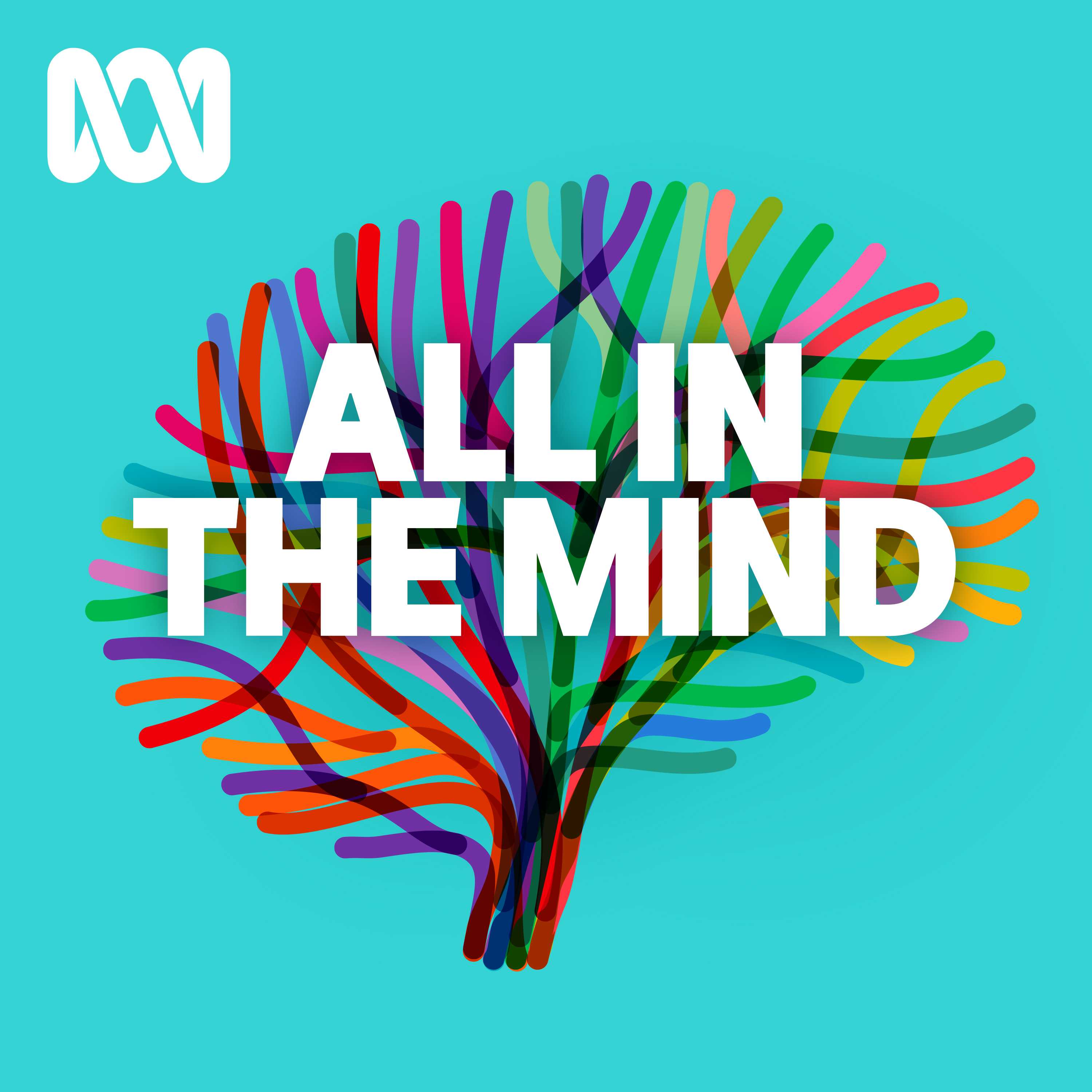
All In The Mind
ABC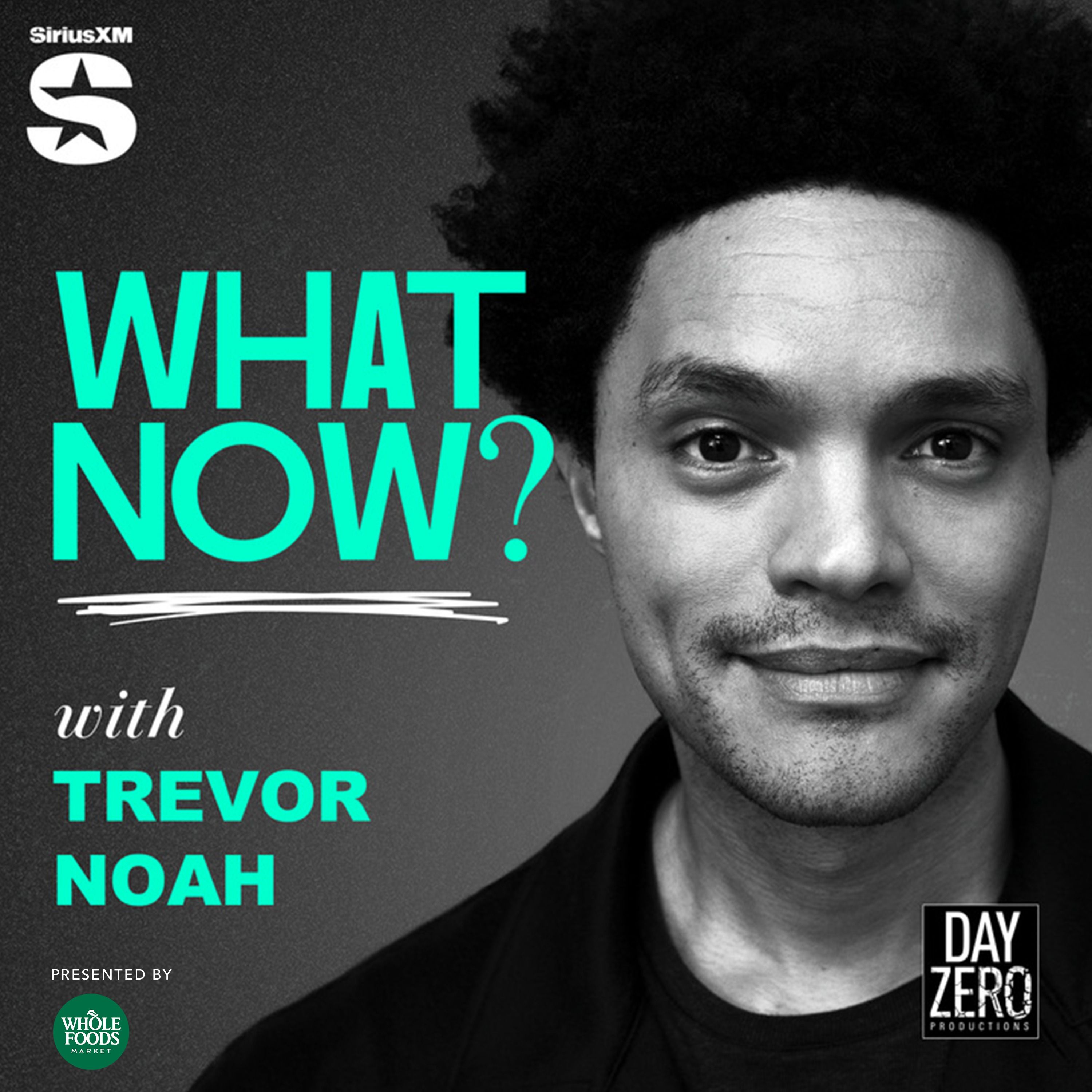
What Now? with Trevor Noah
Trevor Noah
No Stupid Questions
Freakonomics Radio + Stitcher
Entrepreneurial Thought Leaders (ETL)
Stanford eCorner
This Is That
CBC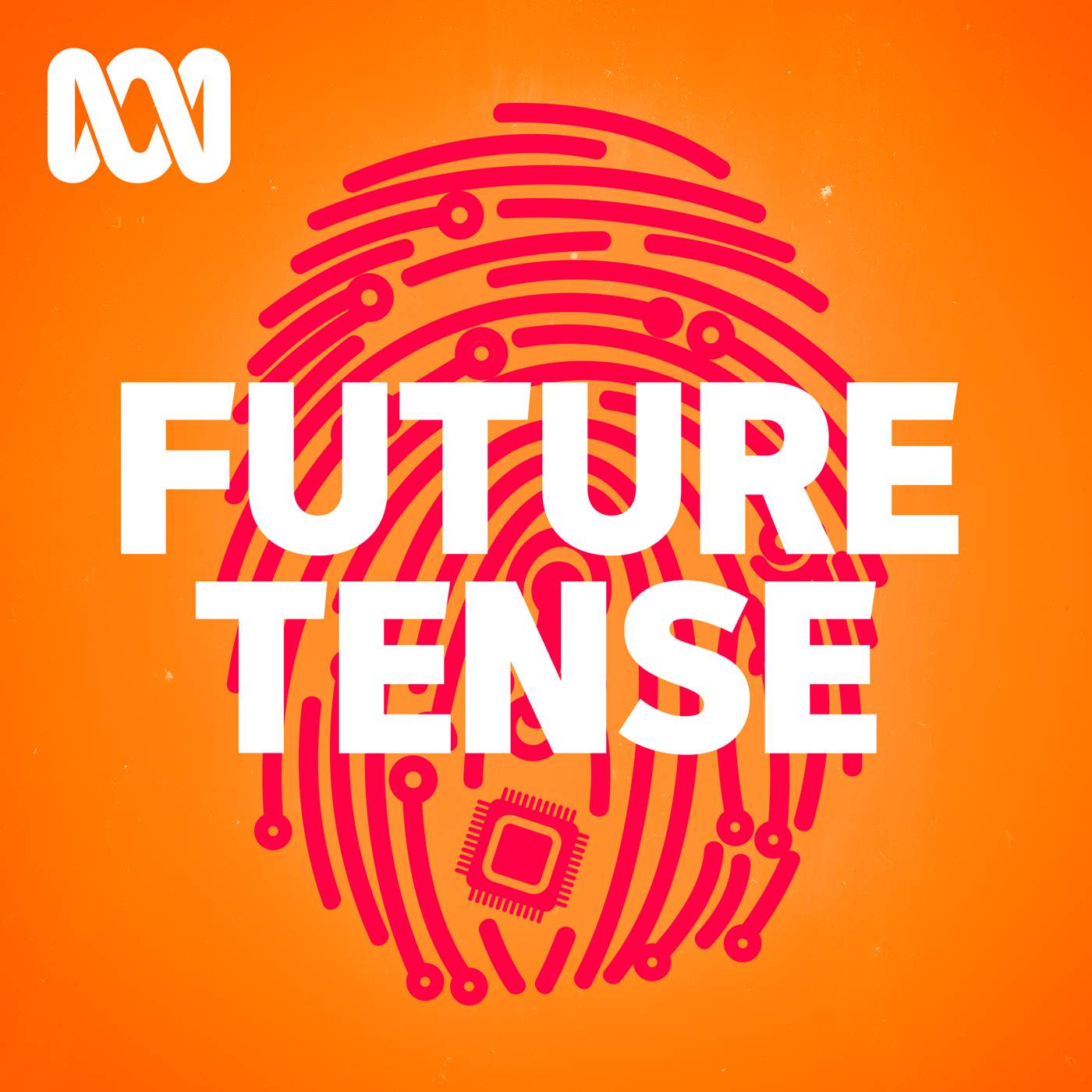
Future Tense
ABC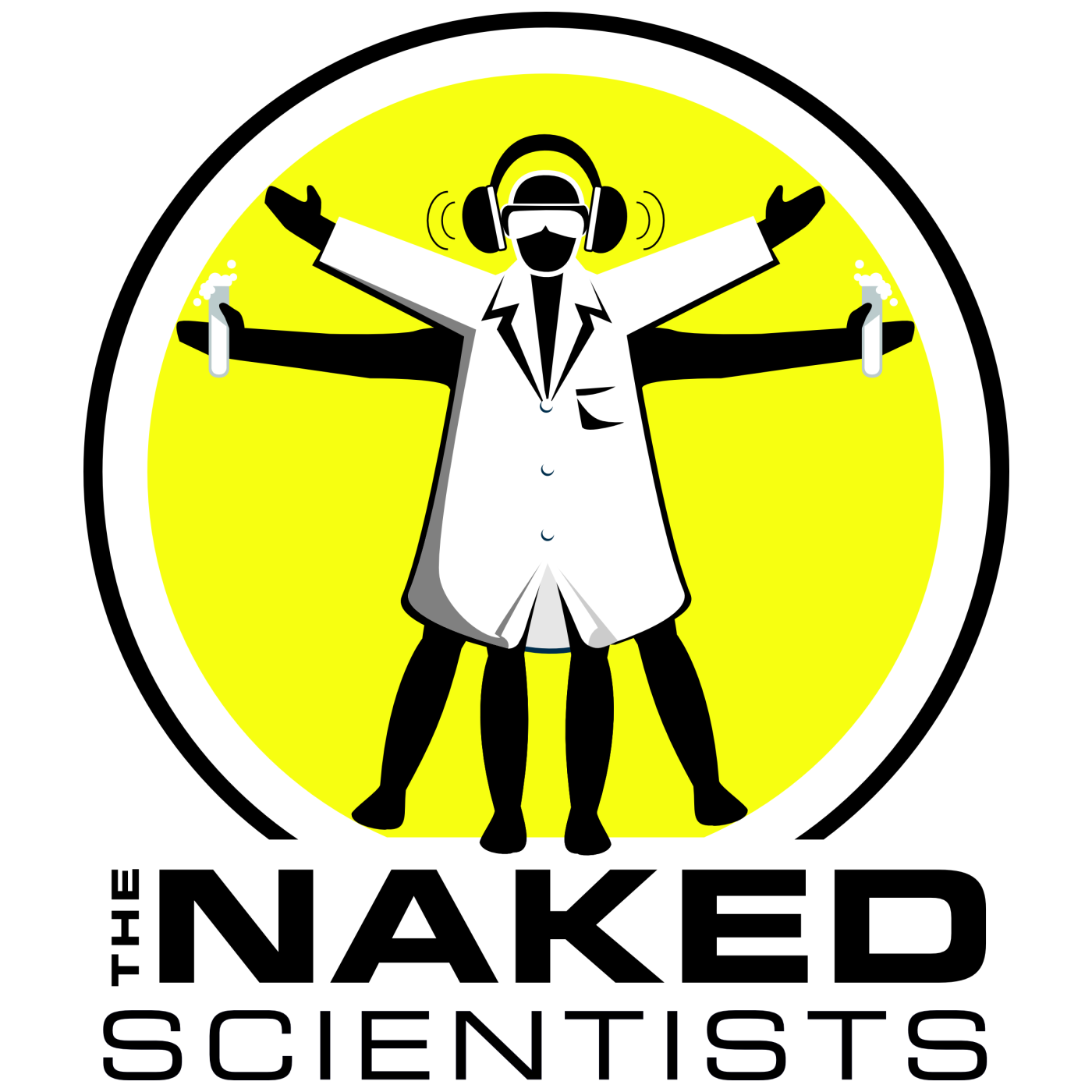
The Naked Scientists Podcast
The Naked Scientists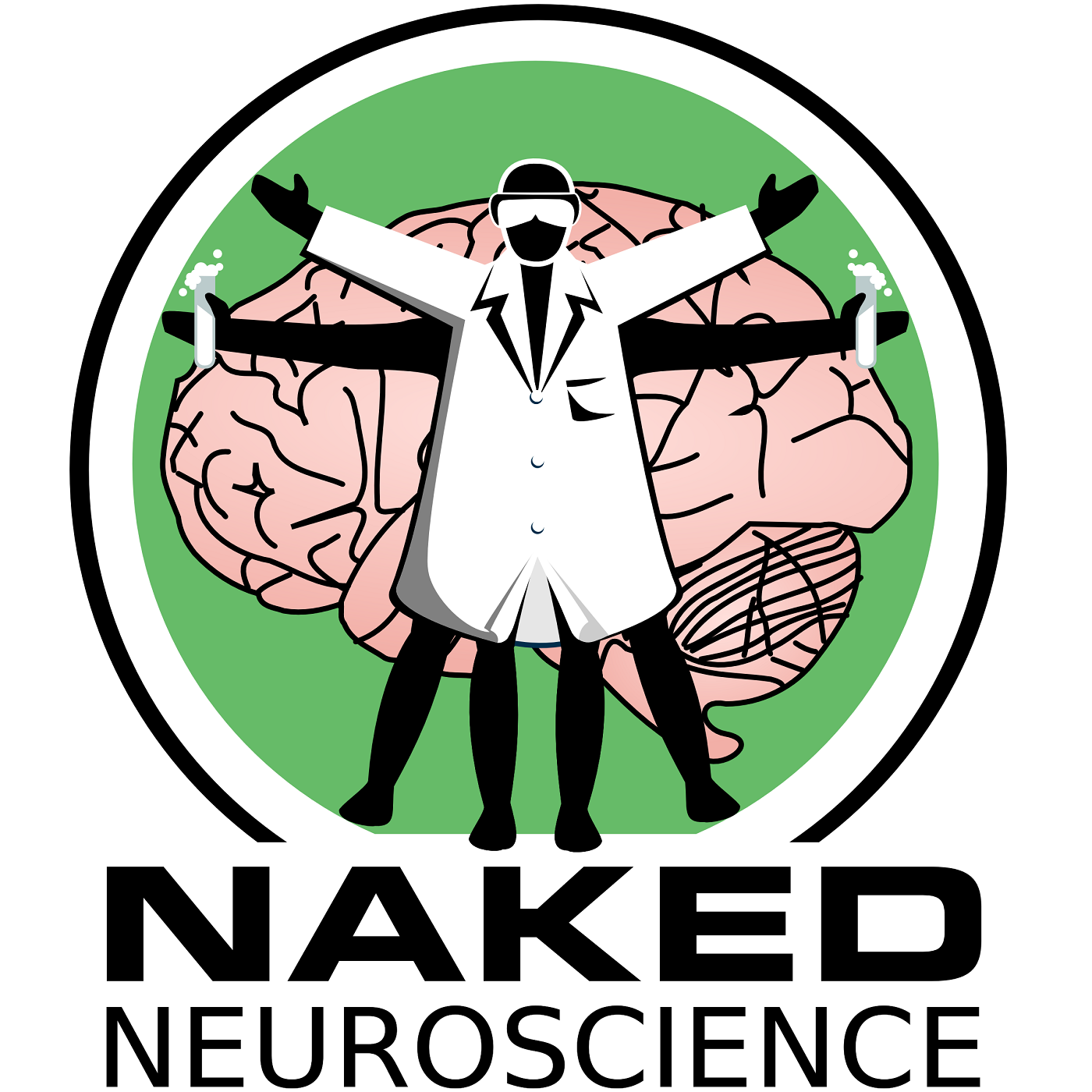
Naked Neuroscience, from the Naked Scientists
James Tytko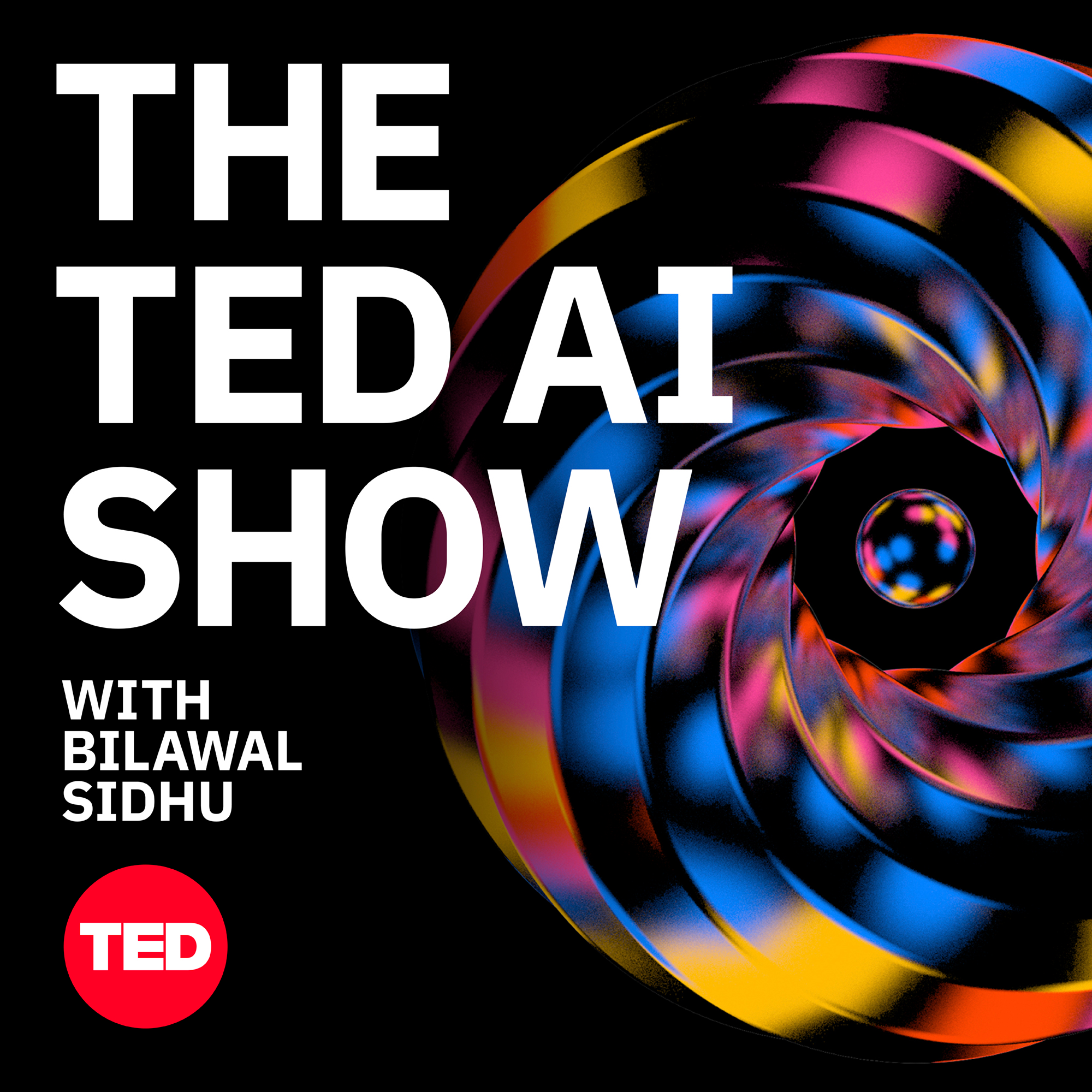
The TED AI Show
TED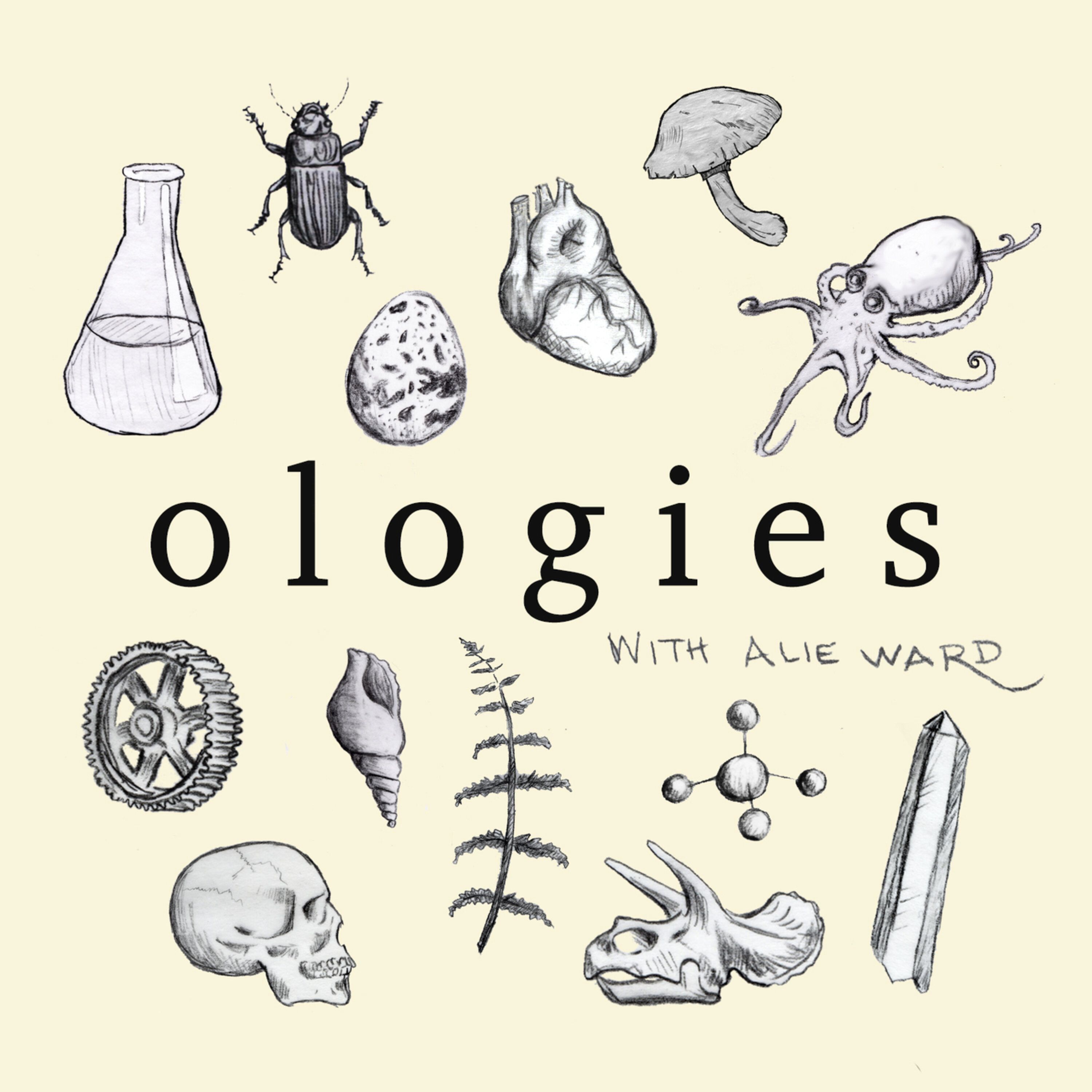
Ologies with Alie Ward
Alie Ward
The Daily
The New York Times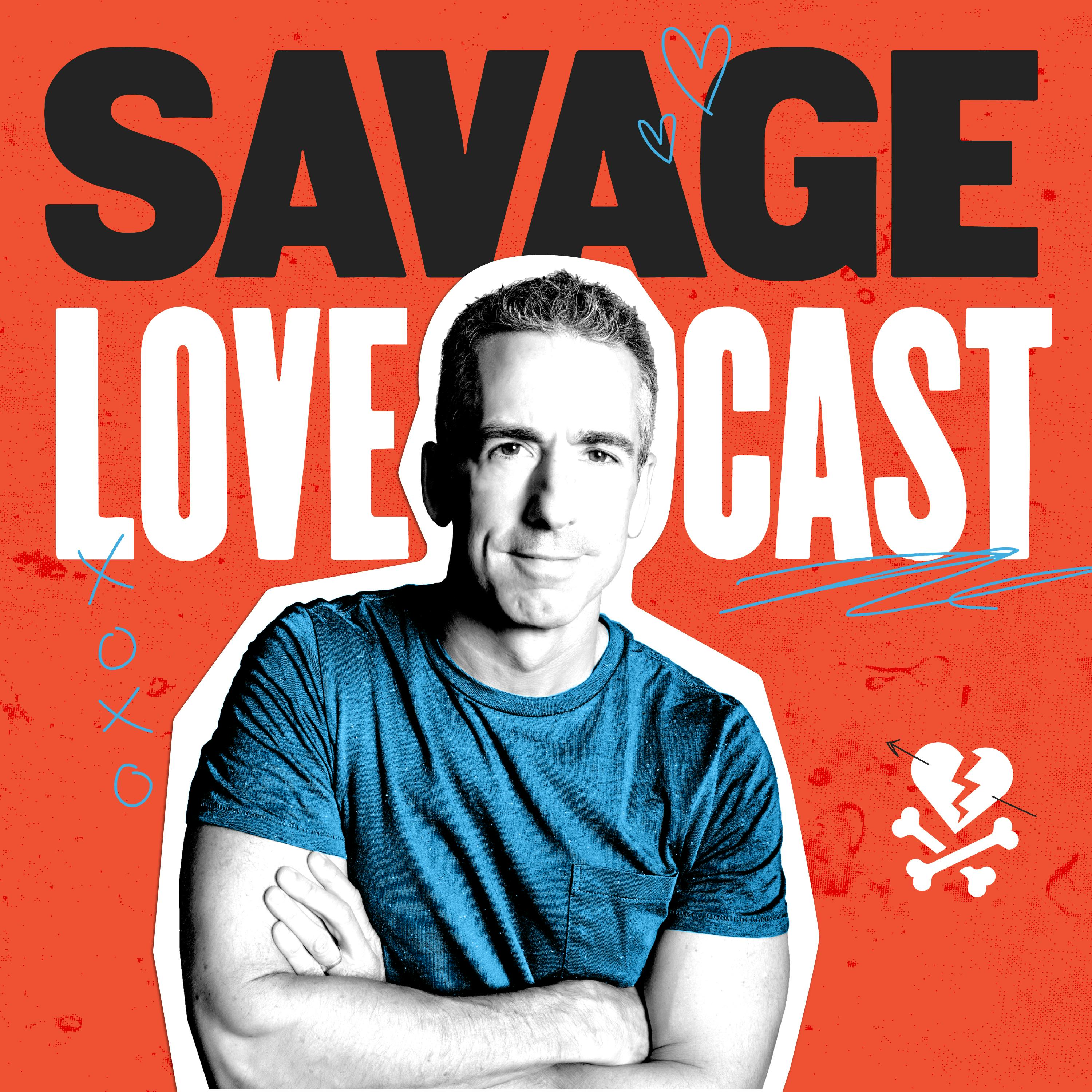
Savage Lovecast
Dan Savage
Huberman Lab
Scicomm Media
Freakonomics Radio
Freakonomics Radio + Stitcher
Ideas
CBC

